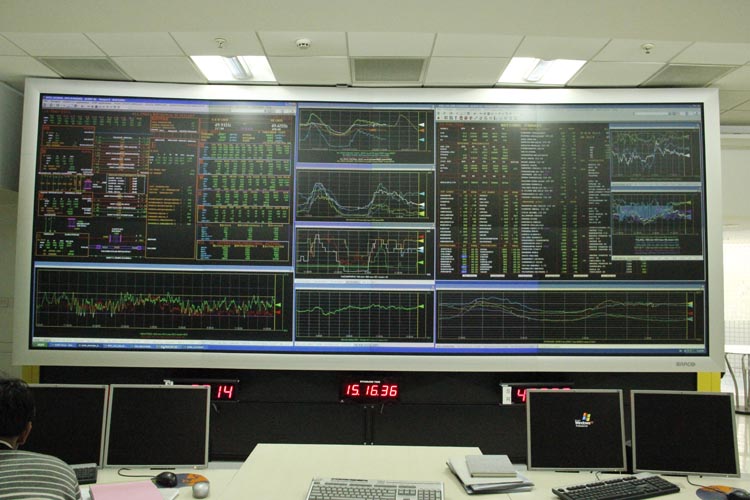The Union power ministry has conferred upon Grid Controller of India Ltd (GRID-INDIA), the status of “Miniratna Category-I Central Public Sector Enterprise.”
An official government release said that this recognition underscores GRID-INDIA’s pivotal role in the nation’s power landscape.
Established in 2009, GRID-INDIA holds the crucial mandate of overseeing the seamless and uninterrupted operation of the Indian Power System, ensuring the efficient transfer of electric power within and across regions, facilitating trans-national power exchanges with a focus on reliability, economy, and sustainability. It facilitates competitive and efficient wholesale electricity markets and administers settlement systems, the release said.
Comprising five Regional Load Despatch Centres (RLDCs) and the National Load Despatch Centre (NLDC), GRID-INDIA shoulders the immense responsibility of managing the All India synchronous grid, one of the world’s largest and most intricate power systems.
Over the years, GRID-INDIA’s functions have dynamically evolved in response to the integration of power systems, escalating energy demands, the proliferation of Renewable Energy (RE) sources, economic growth, and technological advancements, coupled with evolving regulations and market dynamics, the release added
Genesis of GRID-INDIA
- In March 2009, the grid management operations of Power Grid Corporation of India Ltd (PGCIL) were incorporated into a new entity called “Power System Operation Corporation Ltd”, popularly referred to as POSOCO. The grid management operations include the National Load Dispatch Centre (NLDC), five regional load dispatch centres and 33 state load dispatch centres. POSOCO was also incorporated as a wholly-owned subsidiary of Power Grid Corporation of India.
- In early 2017, POSOCO was made an independent entity under the Union Ministry of Power with PGCIL transferring its entire equity shareholding to the power ministry.
- In November 2022, POSOCO was renamed to “Grid Controller of India Ltd,” popularly abbreviated as “GRID-INDIA.”
Classification of CPSEs
Central public sector enterprises could be awarded four types of “ratna” status – Maharatna, Navratna, Miniratna – Category I and Miniratna – Category II. As of March 31, 2023, there were 187 CPSEs out of which 97 were awarded some form of the “ratna” status. As of given date, there were 12 Maharatnas, 12 Navratnas, 62 Miniratnas – Category I and 11 Miniratnas – Category II, as per information available in the “Public Enterprises Survey 2022-23,” released in December 2023 by the Department of Public Enterprises (DPE), under the Union finance ministry.
For getting “Miniratna – Category I” status, a CPSE should have made profit for the past three consecutive years and should have a positive net worth. The board of directors of a “Miniratna – Category I” CPSE is empowered to undertake mergers and acquisitions, and is also empowered to incur capital expenditure (modernization, purchase of new equipment, new projects, etc) up to Rs.500 crore, or equal to the company’s net worth, whichever is lower, without prior approval from the Union ministry concerned.
Featured photograph is for representation only

